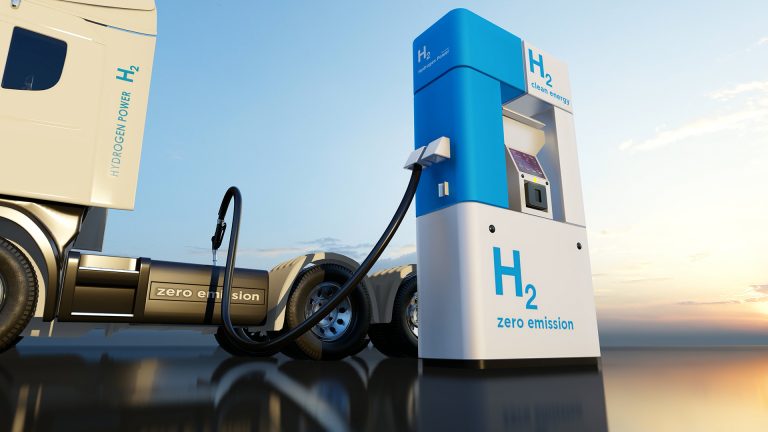Hydrogen is a clean-burning fuel, and when combined with oxygen in a fuel cell — like a battery — it produces heat and electricity with water vapor as its only byproduct. But extracting hydrogen and isolating it so that it can be used in this way isn’t as simple.
Today, most hydrogen is generated by heating coal and natural gas with steam, which produces a good amount of carbon dioxide and nullifies hydrogen’s positive impact. So two scientists from Stanford thought it would be a good idea to look at how we can make hydrogen production greener. The answer they came up with was seawater.
There is a lot of science that goes into it, but the best way to explain it is seawater doesn’t have as much stuff in it as desalinated water. By using seawater — which is incredibly abundant — scientists have helped create a new filtering system that can still produce hydrogen while saving money and cutting down on carbon emissions.
The current U.S. demand for hydrogen fuel is 10 million metric tons per year. By the year 2050, that number is expected to grow to between 20 million and 40 million metric tons annually.
Jaramillo said the science behind their new filtering system is sound, but it’s Washington they worry about due to current spending practices that don’t advocate for the use of hydrogen as much as other fuels.
Tags: Energy, Hydrogen, Seawater, Stanford

Recent Posts
Aluminium sector requires $29 bn investment for netzero emissions
Fortescue launches its first US green hydrogen production facility
Alfa Laval advances fuel transition with FCM Methanol
First tidal-powered engine produced
Cleanergy Solutions Namibia JV reveals plans for first hydrogen vessel
Fossil fuel capacity grows 2.44% in FY24
COSCO launches fully-electric 10,000 ton container ship service
Bergen Engines to power world’s largest hydrogen ferries